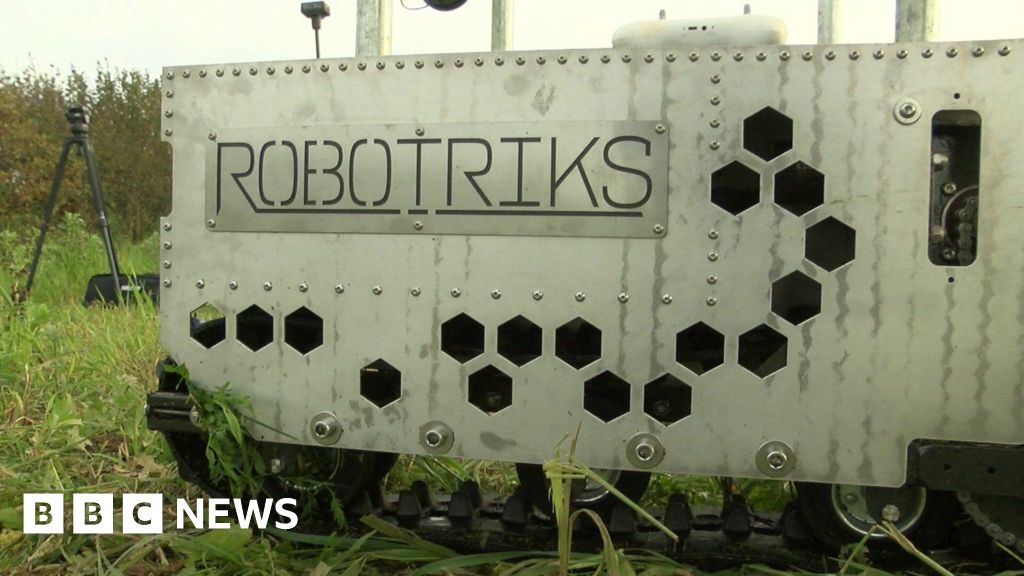Robots in Agriculture: A Revolutionary Tool for Soil Health Assessment
Farmers are always on the lookout for innovative ways to improve their crops and maximize profits. Imagine a world where robots could assist in this endeavor, making soil health assessments faster and more efficient. Well, that future is here! A groundbreaking technology trial is currently underway in Cornwall, and it’s already creating quite a buzz.
The Technology Making Waves
This exciting initiative utilizes a gamma ray detector mounted on a robot, designed by local company Robotriks. The device is helping farmers like Malcolm Barrett, a tenant farmer based in St Tudy near Bodmin, take a closer look at their soil’s health. Barrett is collaborating with experts from the University of Plymouth, who are using this technology to map soil quality across his fields.
"I’m optimistic that this new method, which is quicker and more effective than the traditional techniques, could lead to more profitable farming operations," Barrett shared. This sentiment reflects the hopes of many farmers who want actionable insights into their land without the long wait typically associated with soil testing.
How It Works: A Peek Under the Soil
The £25,000 gamma detector measures natural radiation levels in the soil, providing valuable data much faster than conventional methods. Traditionally, a farmer would gather soil samples using a trowel, send them off to a lab, and wait days, if not weeks, for results. Barrett explained, “With this technology, I can get immediate insights into soil health without the tedious sampling process."
Will Blake from the University of Plymouth added, "Our ultimate goal is to help farmers make informed decisions by providing them with detailed soil property maps. Traditional assessments are not only expensive but also limited in scope due to the sampling constraints imposed by time and labor."
Robot Dogs: The New Farmhands
But the innovation doesn’t stop there! Robotriks co-director Jake Shaw-Sutton introduced yet another fascinating aspect of this trial: robot dogs. With the ability to access hard-to-reach areas like hills and hedgerows, these robotic assistants are set to change the farming landscape dramatically.
The robot dog can zip across the terrain at a speed of 5 meters per second and navigate challenging surfaces with ease. Shaw-Sutton noted, "His unique design allows him to tackle tough terrains, making him an essential tool for farmers looking to explore every inch of their land."
The Bigger Picture: Enhancing Farming Efficiency
This trial isn’t just about cool tech; it’s about improving the efficiency and profitability of farms in Cornwall and beyond. As farmers adapt to ever-changing climatic conditions, having the ability to quickly assess soil health can make a world of difference. Faster and accurate data can empower farmers to make informed decisions about crop rotation, fertilization, and land use, ultimately leading to better yields and healthier soil.
In a region known for its stunning landscapes and agricultural significance, this marriage of technology and farming presents a hopeful outlook for future food production and ecological balance.
Conclusion
The integration of robotics in agriculture is paving the way for more sustainable farming practices. With the help of innovative tools like gamma detectors and agile robot dogs, farmers can now better understand and nurture the ground that sustains their livelihoods. As we stand on the brink of this agricultural revolution, it’s clear that technology and farming can work hand in hand for a brighter future.
The AI Buzz Hub team is excited to see where these breakthroughs take us. Want to stay in the loop on all things AI? Subscribe to our newsletter or share this article with your fellow enthusiasts.




